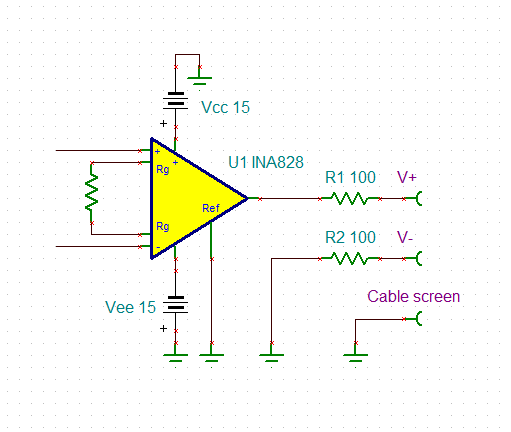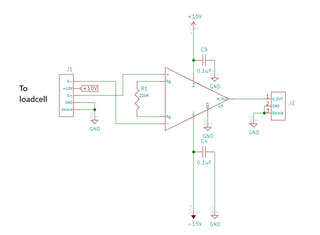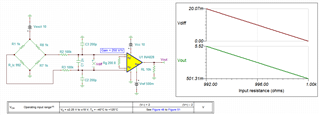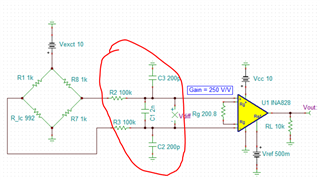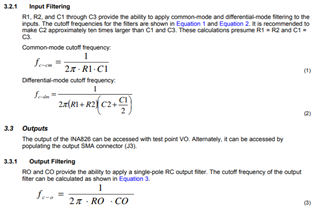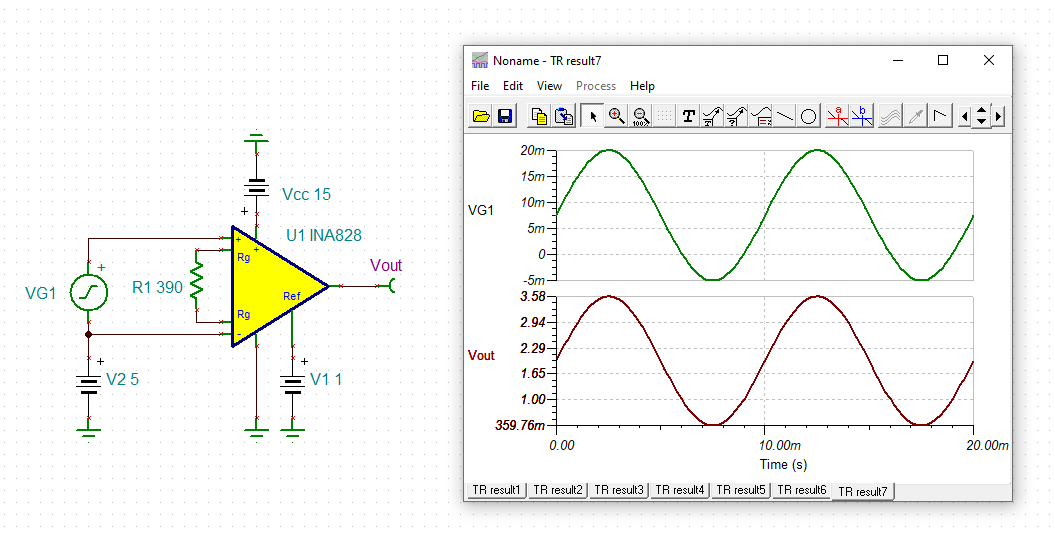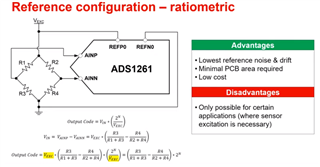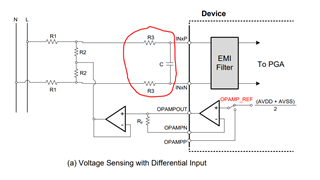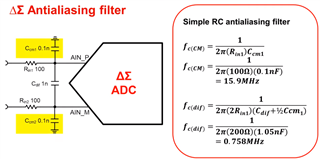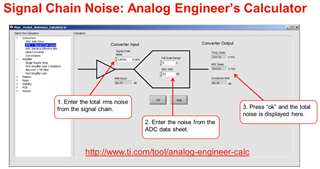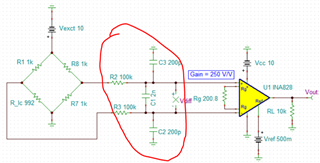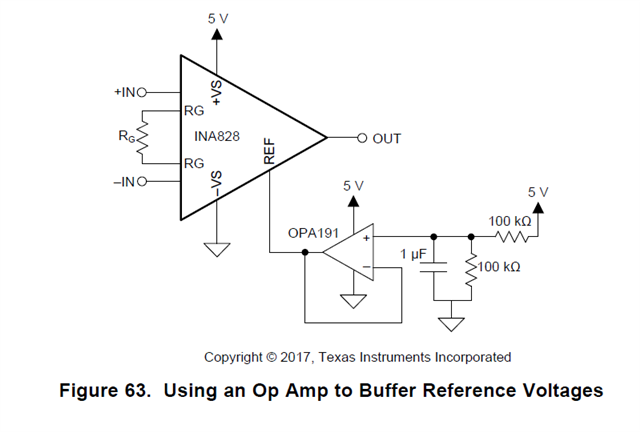Other Parts Discussed in Thread: THP210, XTR116, ADS1258-EP, ADS1278-EP, ADS1298R, INA826EVM, OPA828, ADS1261, ADS131E08, TINA-TI, OPA191
I have a loadcell which gives a differential output of 0-20mV with the INA828 connected to this to produce an amplified single-ended output of up to 5V which is connected to an ADC. I would like to know if there are any solutions for getting a differential output from the amplifier?


